| EXHIBITIONS NEWS PRESS ABOUT US CONTACT |
|||||
| REPRESENTED ARTISTS | BERTILLE BAK | GWENAEL BELANGER | DEXTER DYMOKE | ANTTI LAITINEN | |
| MARKO MAETAMM | YUDI NOOR | OLIVER PIETSCH | KIM RUGG | ||
| BETTINA SAMSON | SINTA WERNER | ||||
IVAN ARGOTE, ABIGAIL REYNOLDS, A KASSEN
The Democracy of Objects
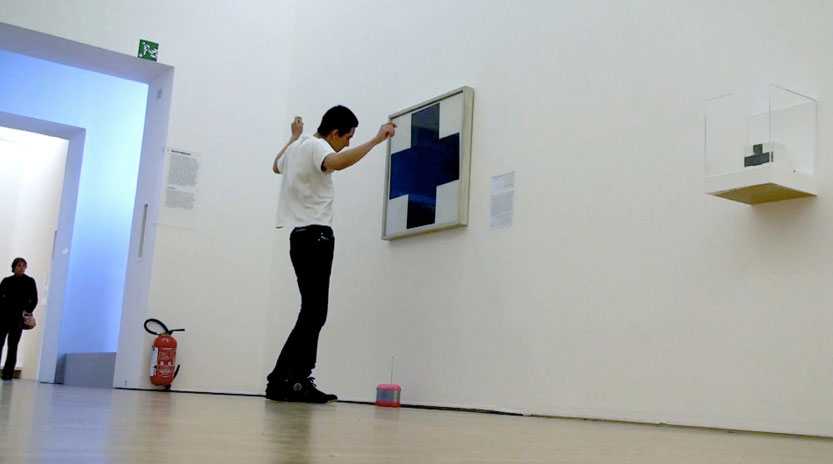
10 MAY - 15 JUNE 2013
VIEW WORKS
NETTIE HORN is pleased to present The Democracy of objects (1) - a group exhibition featuring Columbian, English and Danish artists Ivan Argote, Abigail Reynolds and the collective A Kassen. The works presented in this exhibition engage with the use and manipulation of artefacts (2) – and here the artists explore social experiences alongside a reflection on the status of the artwork. From interventions which playfully and subversively address the public to sculptural compositions reflecting on cultural memories – the objects here play with their classification and reinvent themselves through actions such as dematerialization, re-materialization and inter-connexion.
Through interventions and sculptural works, A Kassen's practice exploits with humour the notions of physicality, architecture and the codes associated with institutional structures, as a way to re-imagine the encounter between artwork and public.
Their latest series entitled "The colour of things" results from pragmatic interventions intending to sublimate domestic objects which are alternately photographed, pulverized and finally mixed with a binder. The liquidized objects are then painted onto the wall next to their representation.
The series "Encirclement" proposes photographs of places where their frames (glass and frame) have been made entirely with the material present in the scene being photographed - the object thus being turned into its own representation as well as presentation. The resulting framed photograph shows the scene before the extraction of the materials – its existence and characteristics vary in function of the amount of wood and transparent material found on site.
Iván Argote's practice deals with social, political and art historical fields through mediums as varied as video, photography, sculpture and painting. Being simultaneously the director and main actor in his work, Argote interrogates with humour the views and perspectives imposed by our social positions but also the status of an artwork and the notion of interactivity, which he addresses through a fictionalisation of the everyday. His interventions aim to infiltrate social and cultural norms and spaces – sometimes altering the course of events in the hopes of inspiring the audience on its behaviour and history or simply to entertain them. Taking place in popular and cultural hubs his actions and interventions such as "Nose Job", "Feeling" or "George" humorously plays with totemic characters and cultural monuments.
Abigail Reynolds works with assemblage and collage, using printed pages found in books to construct her pieces. The use of glass and industrial material in her compositions are associated to images of utopias with idealised landscapes and architectures generating a poetry of illusion and allusion where the visual field is disrupted.
The piece “Flood” (2012) combines elements of natural disaster and social utopia (employing an ethereal photograph of women taken during a Glastonbury festival in '72). Inspired by Margaret Atwood’s book entitled “Year of the Flood”, this piece recalls the force of nature and power of communities.
“Begin Afresh” (2013) is a complex assemblage employing images associated with cultural memories as varied as Anglo-saxon poetry, Philip Larkin’s poignant reflection on spring in his poem 'Trees' and the relation between modern construction and nature.
1) Since Kant, philosophy has been obsessed with epistemological questions pertaining to the relationship between mind and world and human access to objects. In The Democracy of Objects, Bryant proposes that we break with this tradition and once again initiate the project of ontology (ontology deals with questions concerning what entities exist or can be said to exist, and how such entities can be grouped, related within a hierarchy, and subdivided according to similarities and differences) as first philosophy. By way of systems theory and cybernetics, Bryant argues that objects are dynamic systems that relate to the world under conditions of operational closure. In this way, he integrates the most vital discoveries of the anti-realists within a realist ontology that does justice to both the material and cultural.
2) Something made or given shape by man, such as a tool or a work of art, especially an object of archaeological interest.
image: Ivan Argote, Feeling, 2009, single channel video with sound 3'33''
(courtesy Galerie Perrotin, Hong Kong and Paris)
For inquiries regarding availability of works and prices, or additional information about the artist, please contact the gallery
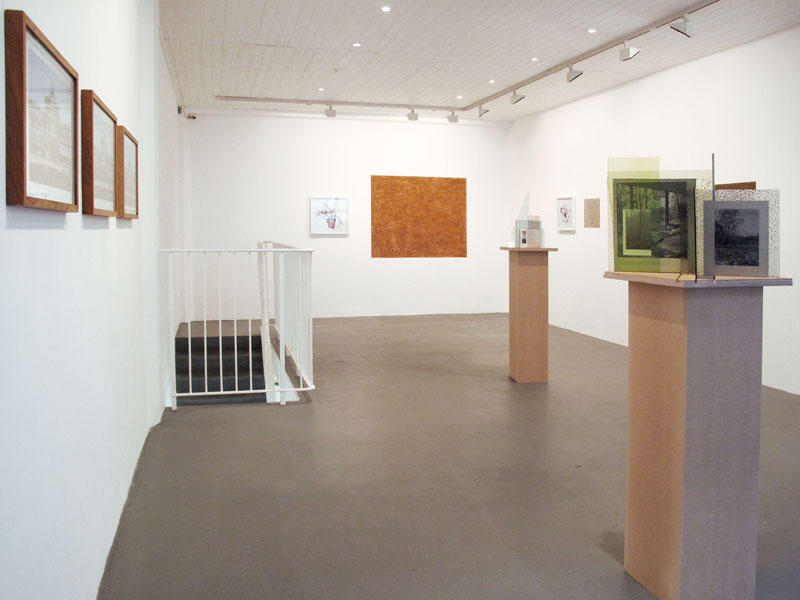
Installation View, The Democracy of Objects, NETTIE HORN, London
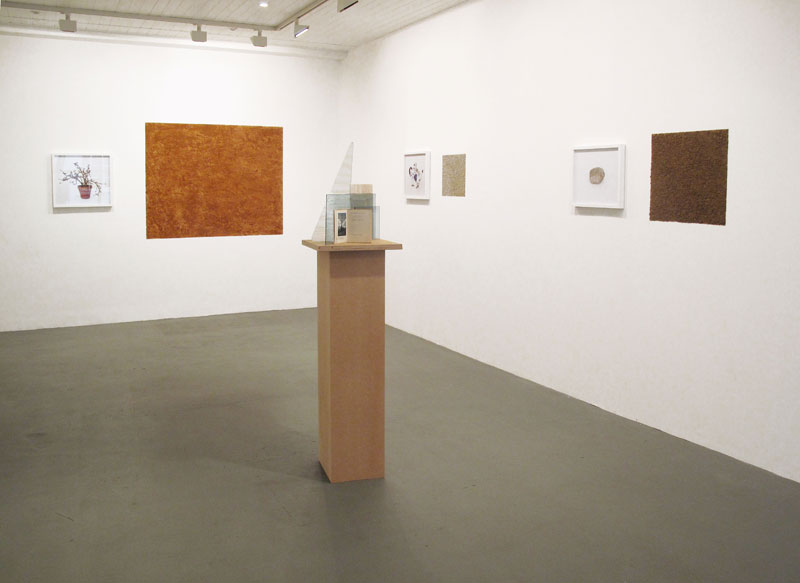
Installation View, The Democracy of Objects, NETTIE HORN, London
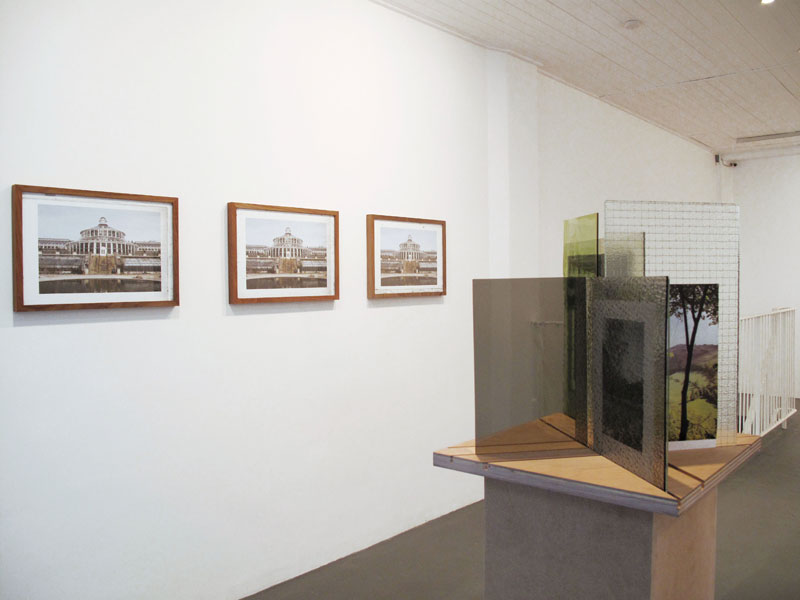
Installation View, The Democracy of Objects, NETTIE HORN, London
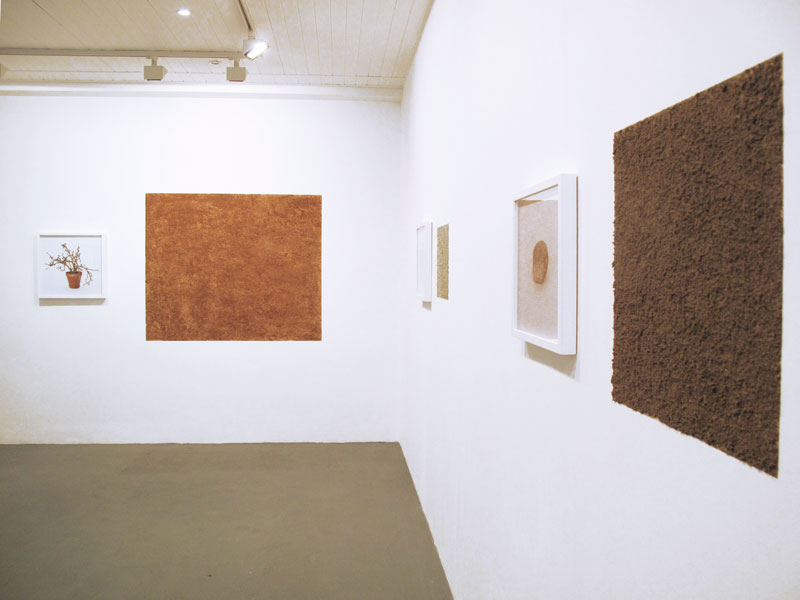
Installation View, The Democracy of Objects, NETTIE HORN, London
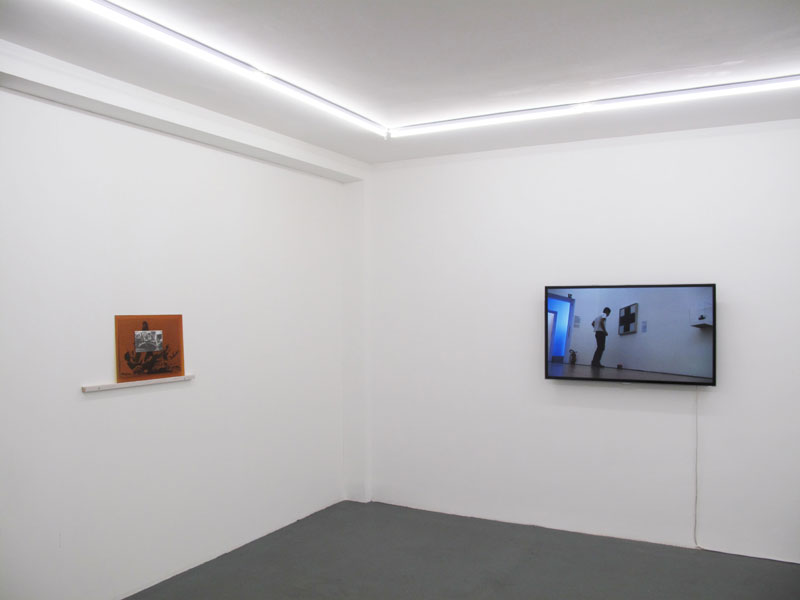
Installation View, The Democracy of Objects, NETTIE HORN, London
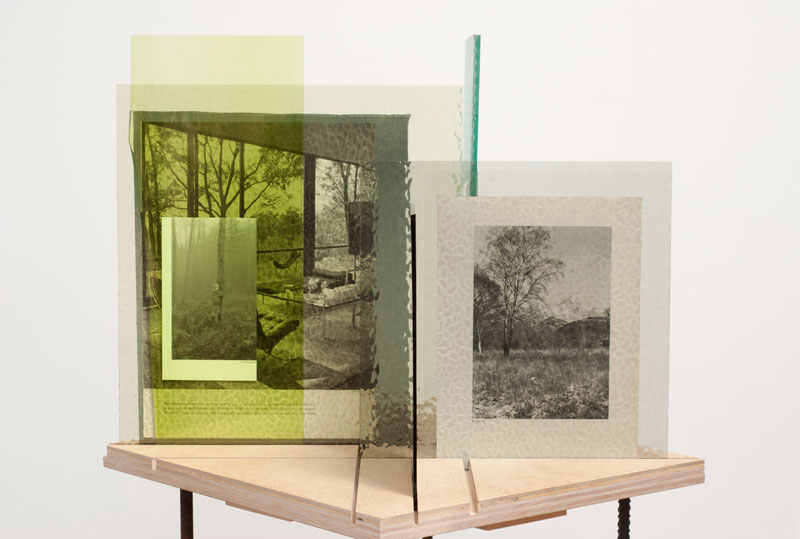
Abigail Reynolds
Begin Afresh, 2013
Glass, book pages,
plywood
42 x 45 x 44 cm
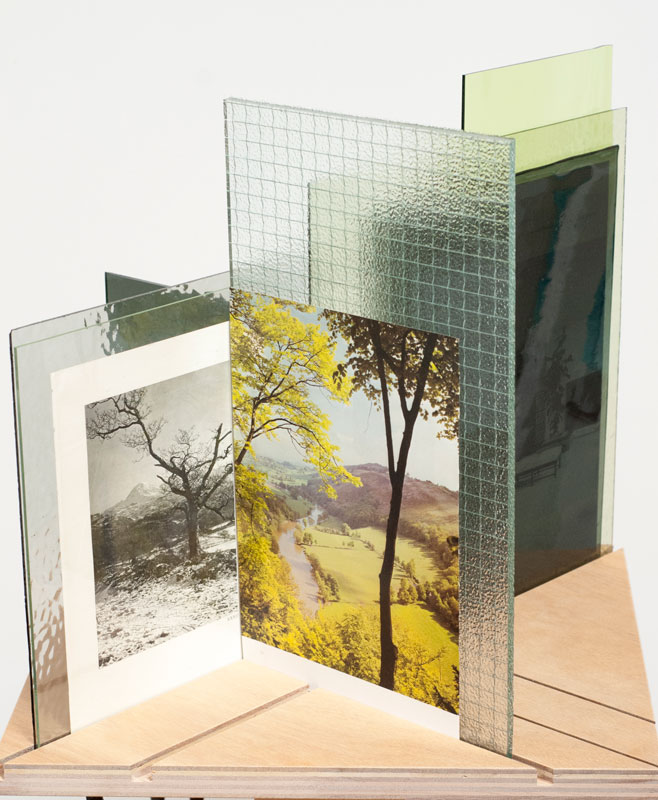
Abigail Reynolds
Begin Afresh, 2013
Glass, book pages,
plywood
42 x 45 x 44 cm
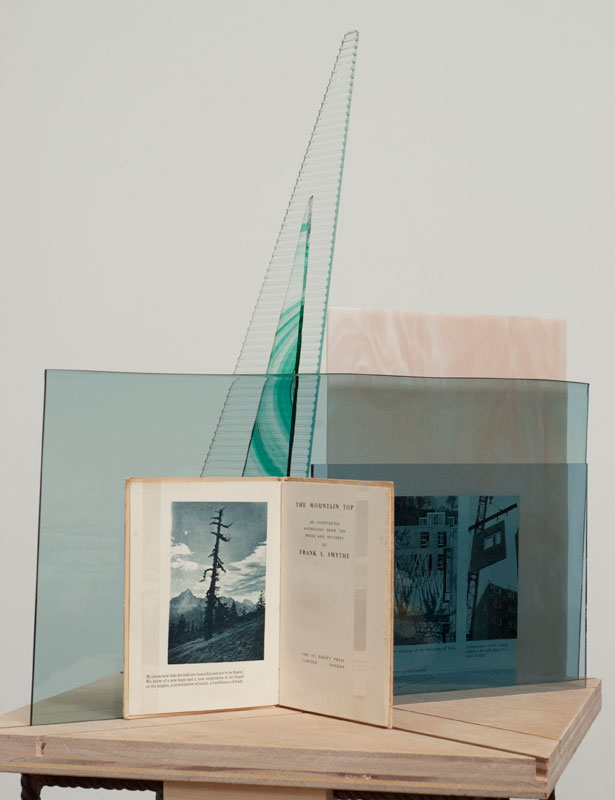
Abigail Reynolds
A Rejuvenation of Mind, 2013
Glass, book pages,
plywood
41 x 37 x 49 cm
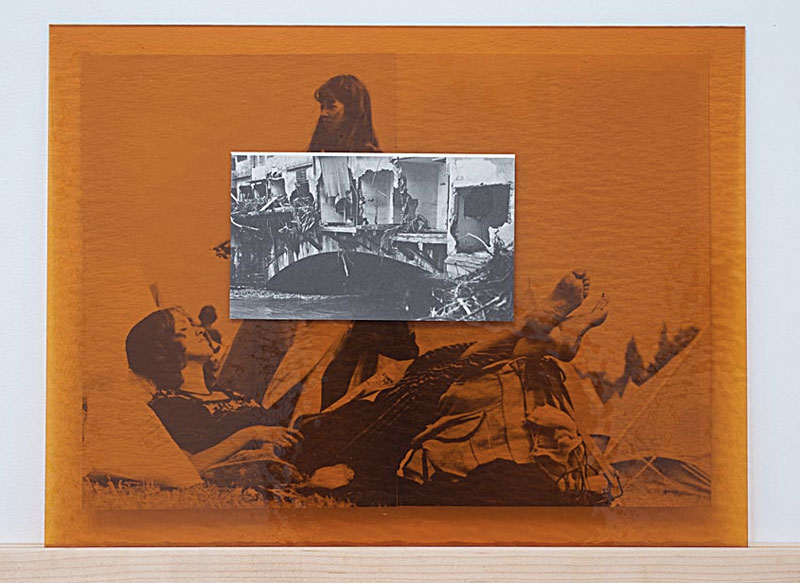
Abigail Reynolds
Flood, 2012
Glass, book pages
Double page spread from "Tomorrows People"
Page showing Florence 1966 from a 1978 book titled "Great Disasters"
45.5 x 35 cm
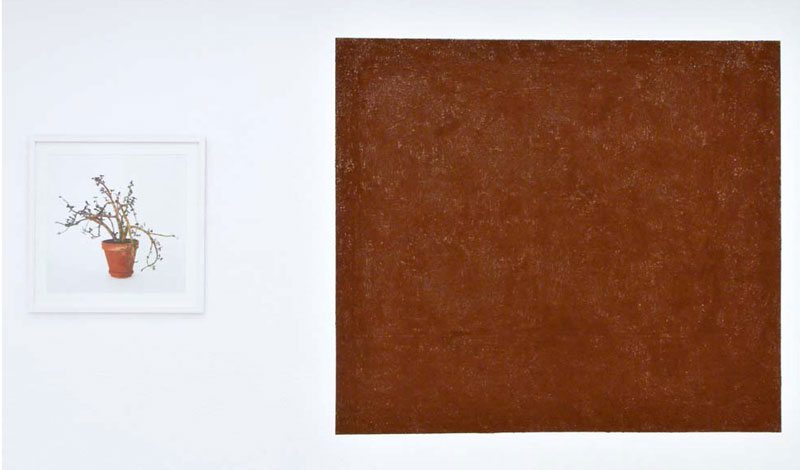
A Kassen
The Colour of Things / Potted Plant, 2012
C-print and wall painting
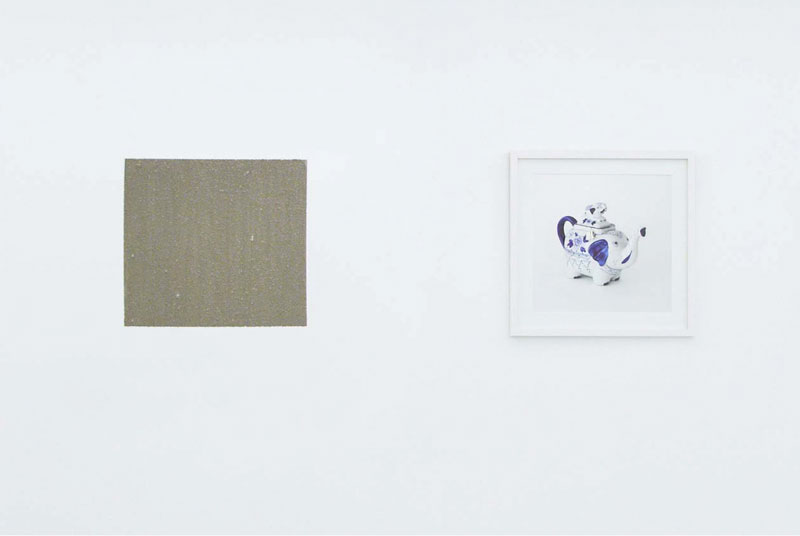
A Kassen
The Colour of Things / Potted Plant, 2012
C-print and wall painting
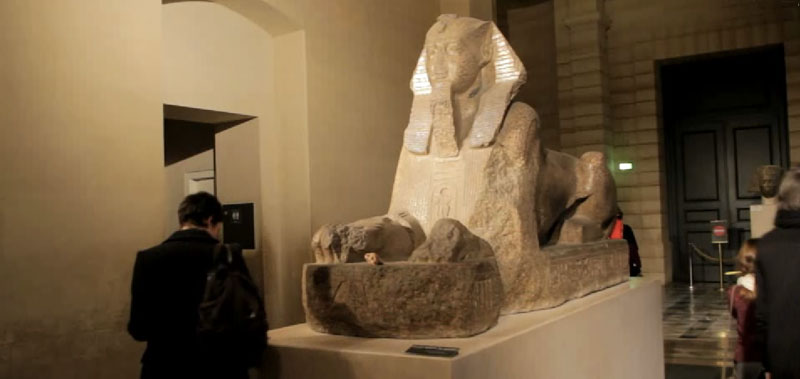
Ivan Argote
Nose Job, 2012
Video
3.33 mins
© NETTIE HORN